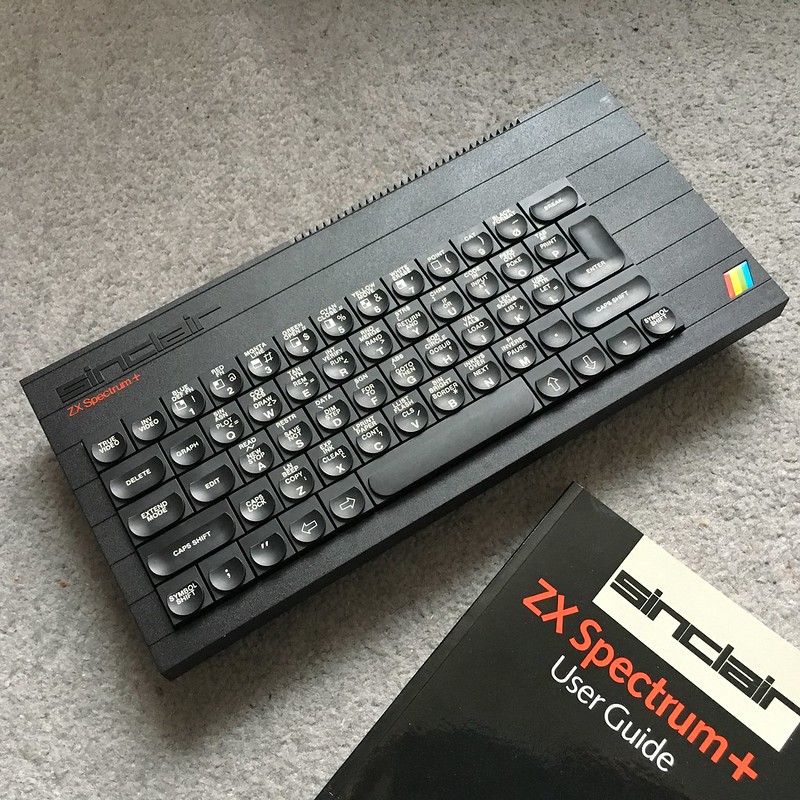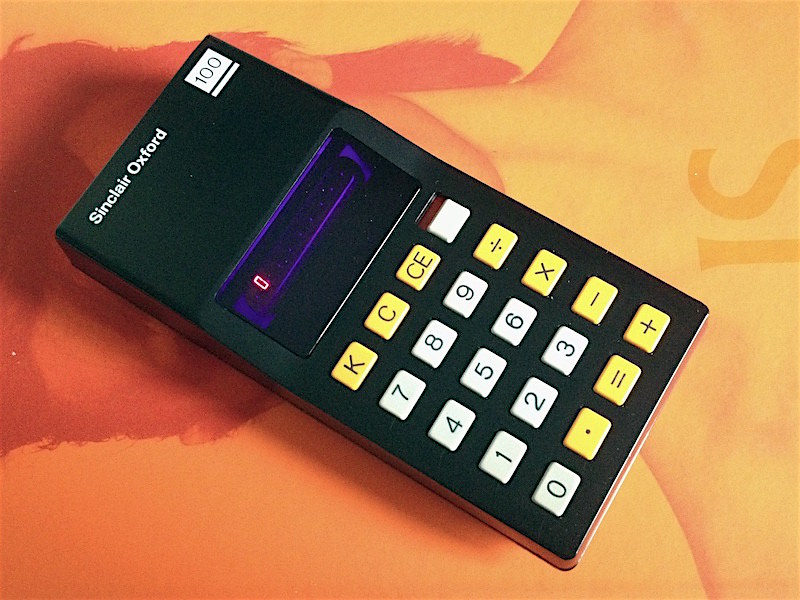JensenHealey
pfm Member
Plenty of nostalgia here. No love though!
The Sinclair X10, I still have copies of Practical Wireless from the 60's that advertised it.Sinclair even made what was quite probably the first production class D amp way back in the sixties... it was bloody awful! and about 5WPC...
I can vouch for the unreliability.


God though I remember playing my zx speccy, I had the uber version though the 128k with built in tape deck!
The Oxford 100 was luxury in comparison to one of its predecessors, the Cambridge Scientific. One of my classmates built this as a kit at tremendous expense to make him the first calculator owner in school. Well done him - but they were banned for exam use back then.
The worst thing was the crazy reverse polish notation (I can't explain it 40-odd years on - look it up). This made a slide rule easy to use in comparison, which I carried on using until exam questions wanted results in 5 sig figs. I can still use a slide rule but I'd be lost with a Cambridge Scientific.
My TI-30 Solar scientific is still in daily use after 30 yearsI was always buying top of the range TI calculators - still have a TI85 somewhere
I had a RTVC "30W" kit amplifier with a tiny transformer from the same era that did just that.My first hi-fi (sic) amp was a silver Sinclair 2000. Occasonally there was a distinct spark from the power switch when you turned it on. And the devices on the back were at the voltages of the transistors with no insulating covers.
I recall that when I played "All along the watchtowers" by Hendrix the volume level used to modulate with the bass guitar. Similar for some other tracks.
